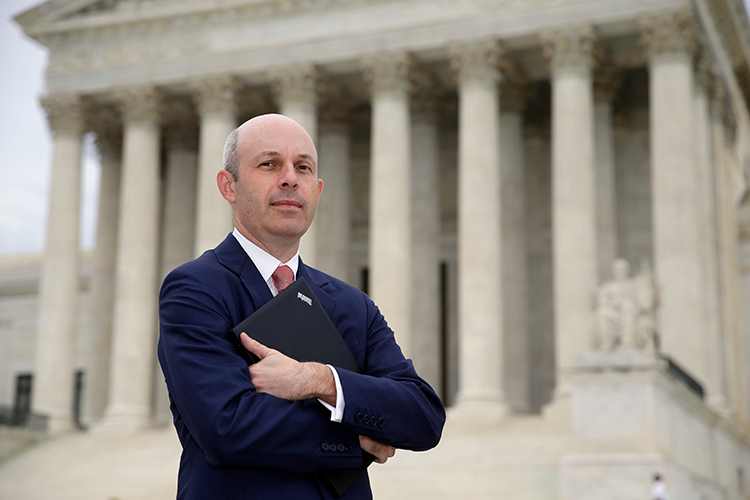Statistics Tell Differing Stories of Supreme Court Divisions
Is the U.S. Supreme Court less divided than in the past? The answer depends on the statistics cited.
Only 11 cases were decided by one-vote margins this term, compared to 23 last term, report Legal Times and the New York Times. But the court is issuing fewer unanimous opinions when compared to overall workload, the New York Times story says.
Slightly less than 30 percent of the cases this term were decided without dissent, compared with a little more than 40 percent last term and a little more than 50 percent in 2005-06, the New York Times says.
The publications also note that some of the term’s big decisions were decided by more comfortable margins. They included decisions upholding lethal injection and a voter ID law, and allowing employment retaliation lawsuits under a civil rights statute.
While Justice Anthony M. Kennedy is still wielding a swing vote in many important cases, Chief Justice John G. Roberts Jr. most often voted with the majority, in 90 percent of the court’s decisions this term.
Some commentators suggest Roberts is following through on his pledge in confirmation hearings to seek consensus on the court. Another theory is that the court issues fewer 5-4 rulings in election years because the justices don’t want to become an issue in the election.
Write a letter to the editor, share a story tip or update, or report an error.


